The key to consistent, accurate dart throws is often overlooked: sharpening darts for board holding. A sharp point ensures the dart sticks firmly, minimizing bounces and improving your game. This article will cover the best methods for sharpening your darts, improving board life, and common mistakes to avoid.
⚠️ Still Using Pen & Paper (or a Chalkboard)?! ⚠️
Step into the future! The Dart Counter App handles all the scoring, suggests checkouts, and tracks your stats automatically. It's easier than you think!
Try the Smart Dart Counter App FREE!Ready for an upgrade? Click above!
Before diving into the techniques of sharpening darts for board holding, let’s first address the importance of proper dart maintenance. A well-maintained dart set will not only improve your game but also extend the lifespan of your dartboard. This includes regular cleaning of your darts and the board itself, as well as replacing worn-out components like flights or shafts. Neglecting these aspects can lead to poor performance and ultimately, a more costly experience in the long run. For example, if you notice your darts frequently bouncing off the board, it might be time to sharpen them, but always remember the importance of dart repointing safety and how frequently you should sharpen them, as outlined in our guide on dart repointing frequency.
Sharpening Darts for Board Holding: Methods and Materials
There are several ways to sharpen your darts, each with its own advantages and disadvantages. The method you choose will depend on the type of dart you have and the tools you have available. However, regardless of the method, remember the importance of maintaining a consistent angle and even pressure to avoid damaging the dart. The goal in sharpening darts for board holding is to create a finely honed point that ensures a secure grip in the board without unnecessary force.
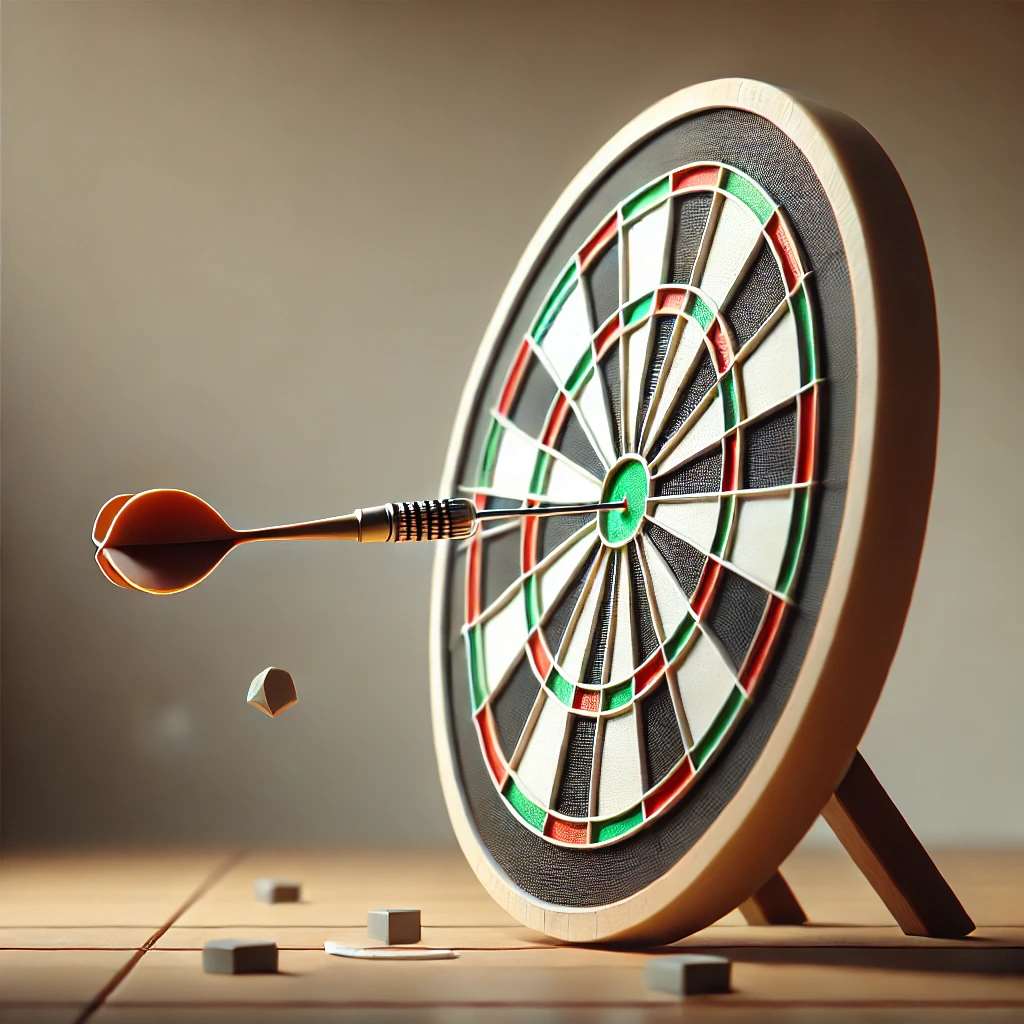
One popular method involves using a sharpening stone, similar to those used for knives. Choose a fine-grit stone to avoid removing too much material. Gently draw the dart point across the stone, maintaining a consistent angle for a clean, even edge. Be careful not to apply excessive pressure, as this could break or damage the dart.
Using a Sharpening Stone
- Select a fine-grit sharpening stone.
- Hold the dart at a consistent angle.
- Gently draw the dart point across the stone.
- Maintain even pressure to avoid damage.
Alternatively, you can use a rotary tool with a fine-grit grinding bit. This method offers more control and precision but requires caution to avoid overheating the dart point and potentially causing damage. Always use light pressure and brief passes to prevent excessive heat buildup.
Using a Rotary Tool
- Choose a fine-grit grinding bit.
- Use a slow speed on the rotary tool.
- Apply light pressure and brief passes.
- Monitor the dart’s temperature to avoid overheating.
Remember that for the best results with your sharpening darts for board holding, you should ideally choose the method based on your comfort level and experience. Before proceeding, consider reviewing our comprehensive guide on Darts Equipment Maintenance Customization for a broader understanding of best practices.
Maintaining Your Dartboard: A Crucial Step
While sharpening darts for board holding is essential, it’s equally important to maintain your dartboard. A damaged or worn-out board can significantly affect your game, even with perfectly sharpened darts. Regular cleaning is crucial, and the type of cleaning needed depends on your dartboard’s material. For example, cleaning a bristle dartboard differs significantly from cleaning a sisal board.
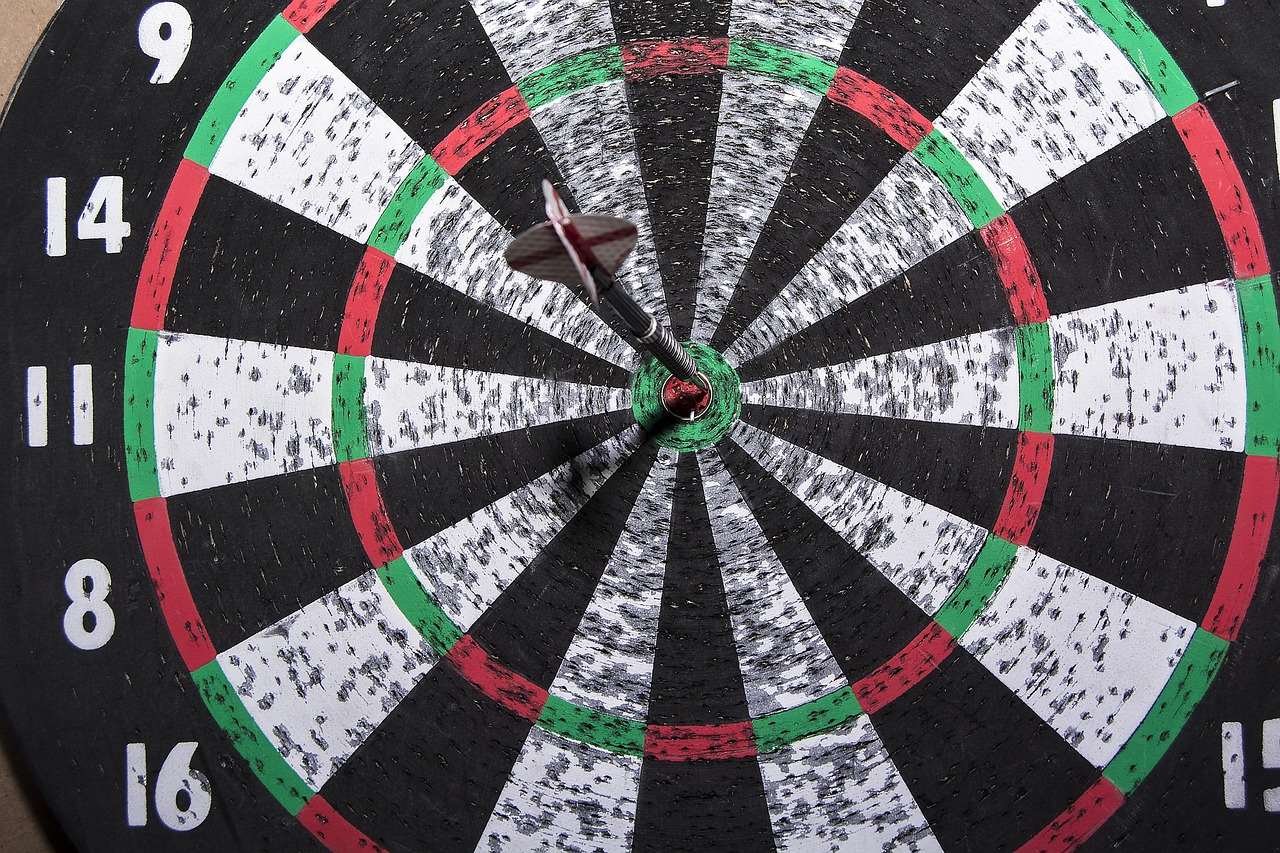
Consider the importance of proper dartboard wire and number best practices too. A damaged wire can not only affect the integrity of the board but also present safety risks. Knowing how to perform dartboard wire replacement can save you money and prevent game interruptions. Also, understanding the basics of dartboard segment replacement can extend your board’s life and maintain consistent performance.
Common Mistakes to Avoid When Sharpening Darts
Many common mistakes can hinder your progress in sharpening darts for board holding. One of the most prevalent errors is applying too much pressure. This can lead to uneven sharpening, potentially damaging the dart’s point or even breaking it. Remember, gentle, consistent strokes are key.
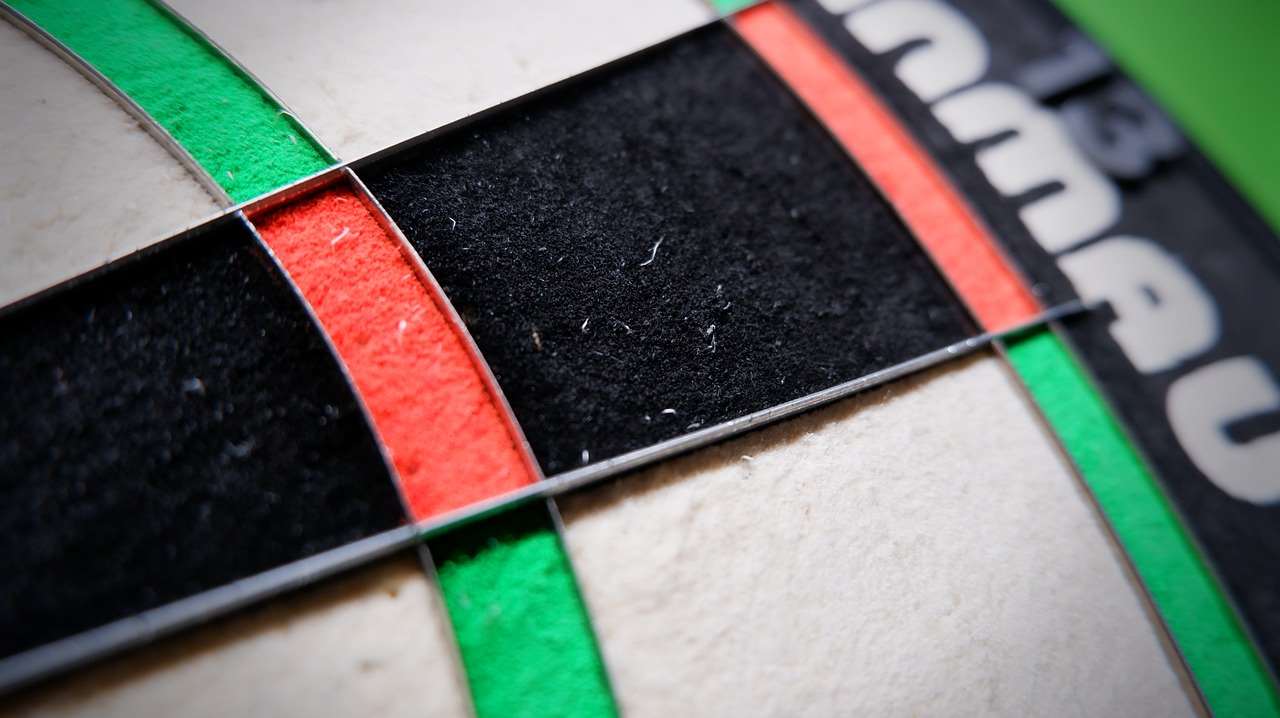
Another mistake is using the wrong type of sharpening tool. Avoid using coarse-grit tools, as these can remove too much material and damage the dart. A fine-grit stone or a specialized dart-sharpening tool is recommended. Using an abrasive tool incorrectly can ruin the dart. Be aware of how replacing plastic dart shafts can help prevent some of these issues associated with damaged dart points.
Beyond Sharpening: Optimizing Your Throw
Even with perfectly sharpened darts, your throw technique significantly impacts your game. Poor technique can lead to bounces, misses, and ultimately, frustration. Focusing on your grip, stance, and follow-through can improve accuracy and consistency, regardless of your dart’s sharpness. Understanding the role of flight protectors and dart types can also impact the flight path of your darts and optimize your results.
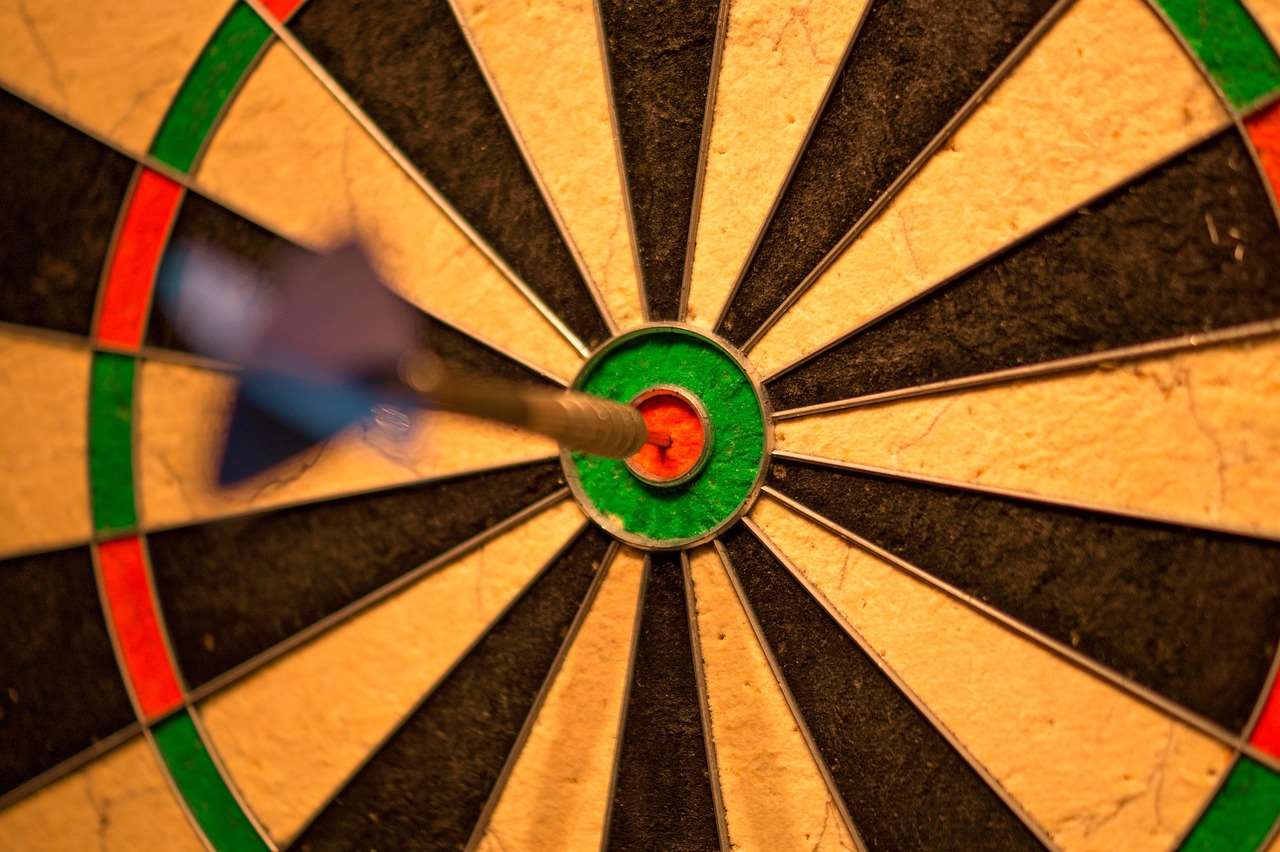
Practice makes perfect. Regular practice sessions will help you refine your technique and become more consistent. Start with simple drills and gradually increase the complexity as your skills improve. Consider the potential impact of dartboard wire and number lessons for more professional assistance, enhancing your overall throwing performance.
Choosing the Right Darts for Your Needs
The type of dart you use can also influence the effectiveness of sharpening darts for board holding. Different dart materials and point styles will require different sharpening techniques. Some darts are made of softer materials, which may be easier to sharpen but may require more frequent sharpening.
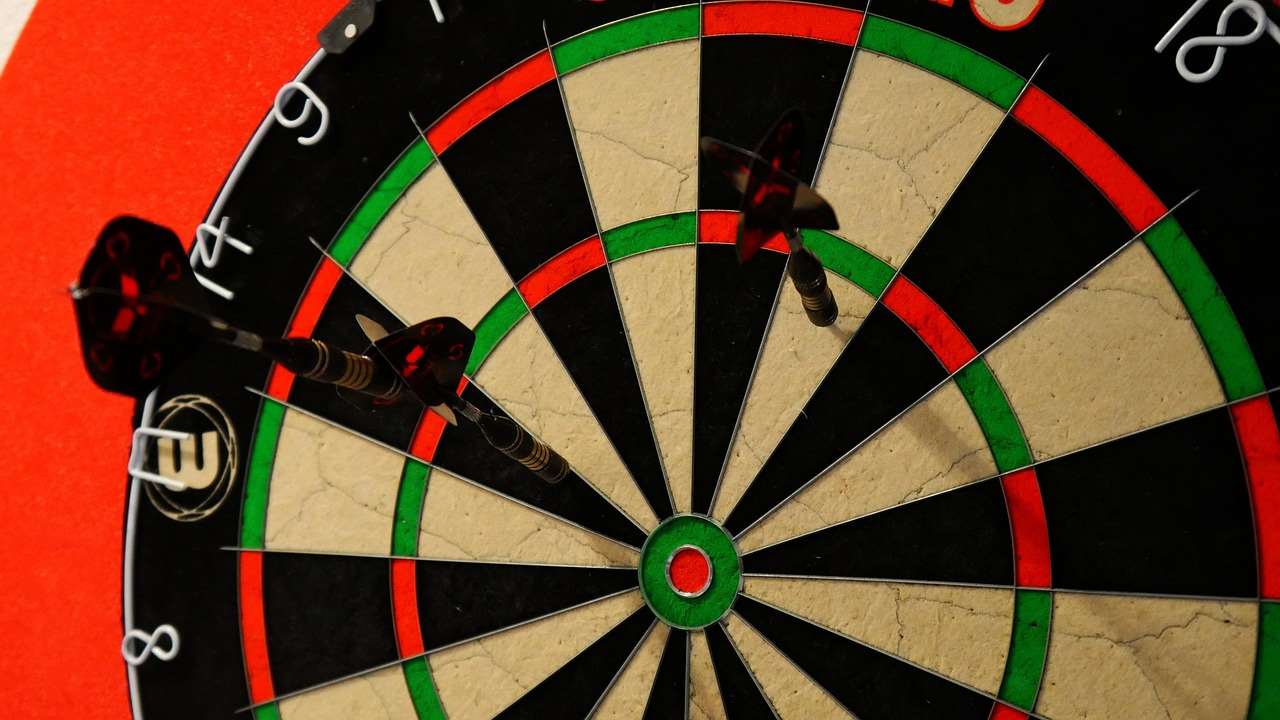
Experiment with different dart types to find what suits your playing style best. Consider factors such as weight, grip, and point style. Once you’ve found a dart you like, proper maintenance including sharpening darts for board holding, will extend its lifespan and enhance your gameplay.
Conclusion: Mastering the Art of Sharpening
Sharpening darts for board holding is a critical skill for any serious dart player. By using the right techniques and tools, and by understanding the importance of dartboard maintenance, you can significantly improve your game’s accuracy and consistency. Remember to practice regularly and be patient, and you’ll soon be throwing like a pro! Regular cleaning of your dartboard, through methods like cleaning your dartboard professionally, is just as critical as sharpening your darts. Remember to always prioritize safety while sharpening your darts. Happy throwing!
Hi, I’m Dieter, and I created Dartcounter (Dartcounterapp.com). My motivation wasn’t being a darts expert – quite the opposite! When I first started playing, I loved the game but found keeping accurate scores and tracking stats difficult and distracting.
I figured I couldn’t be the only one struggling with this. So, I decided to build a solution: an easy-to-use application that everyone, no matter their experience level, could use to manage scoring effortlessly.
My goal for Dartcounter was simple: let the app handle the numbers – the scoring, the averages, the stats, even checkout suggestions – so players could focus purely on their throw and enjoying the game. It began as a way to solve my own beginner’s problem, and I’m thrilled it has grown into a helpful tool for the wider darts community.